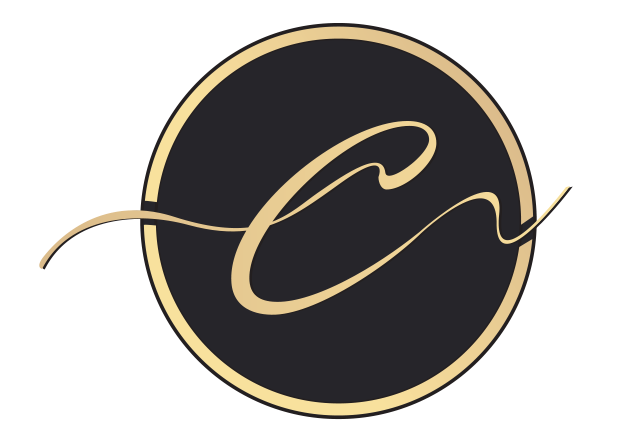There is no doubt that release of Windows 7 in the fall of 2009 was a big news story. The previous version of Windows, Vista, was widely panned. Countless problems, compatibility issues and system messages drove Windows users crazy, while security gaps left them vulnerable. Users were ready, not for something new, but something that worked. 7 is stable, smooth and sleek and has become Windows' saviour.
Looks aren’t everything, but they help. So let’s start there. The new task bar does away with the Quick Launch feature and obliterates clutter by pinning programmes using icons that are easy to see and multifunctional. The Show Desktop feature is innovatively integrated into the Task Bar while hover and click features to make windows invisible or minimized as necessary. The programme specific Jump Lists provide control without ever leaving the window you are focused on and the best new feature is the truncated system tray with controlled notifications.
Functionality has been improved in a lot of ways as well. Improved indexing makes for super speedy searches right from the upgraded Windows icon which replaced the traditional Start button. 7 centralizes access to devices and printers into one graphically rich, easy to navigate window. Vista forced users to scramble for updated drivers, 7 forces users to enjoy working peripherals with no headaches or fuss. That ‘it just works’ mantra that Mac users are already familiar with extends to 7’s ability to stream content from the upgraded Windows Media Player using the Play To option to components listed in HomeGroup (such as another PC, remote speaker or specific game consoles).
Speaking of integrated applications like Windows Media Player (which now can play unprotected iTunes files), 7 users may, or may not, miss Windows Mail, Windows Movie Maker and Windows Photo Gallery. If you do miss these applications, download them free at Windows Live.
The coolest new feature is native touch screen support, but such software is nothing without complimentary hardware.
Improvements have extended to security features as well. The dreaded User Account Control (UAC) can now be tweaked with notifications limited to a docked location on the Task Bar rather than with multiple annoying bubbles. Removal of the Auto Play for external drives reduces the likelihood of malware and improved backup and restore features allow for backing up across network drives in some incarnations of 7.
There are six versions of Windows 7 including the most popular Home Premium, Professional and Ultimate. Starter is reserved for netbooks. To run 7 on a 32 bit system, minimum requirements include a 1 GHz processor, 1 GB Ram, 16 GB of hard drive space and DirectX 9.0 compatible graphics card. This means that most PCs currently running Vista can run 7 and all for less than US$200.00.
Other points to note, that are just outside of the scope of this review, are:
· XP Mode option if specialized hardware is available
· Absence of built in Bluetooth
· Improved power management for laptops
To say 7 is less buggy than Vista doesn’t say a lot. 7 is what Vista should have been and a viable alternative to OS X or Linux. The early adopters have had their fun, now it’s time for you to get lucky with Windows 7.
Interface with us:
Online: trivialonfame.blogspot.com
On email: famefm@rjrgroup.com
On SMS: 876-878-FAME (18768783263)

